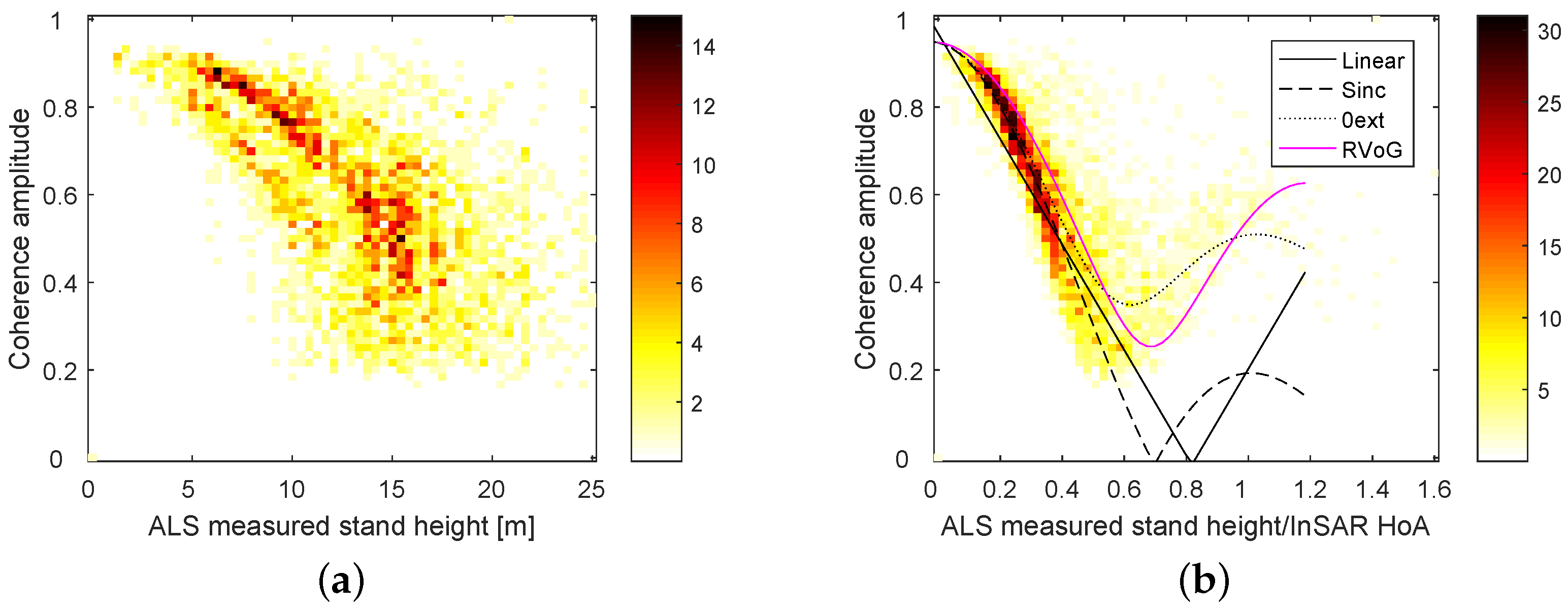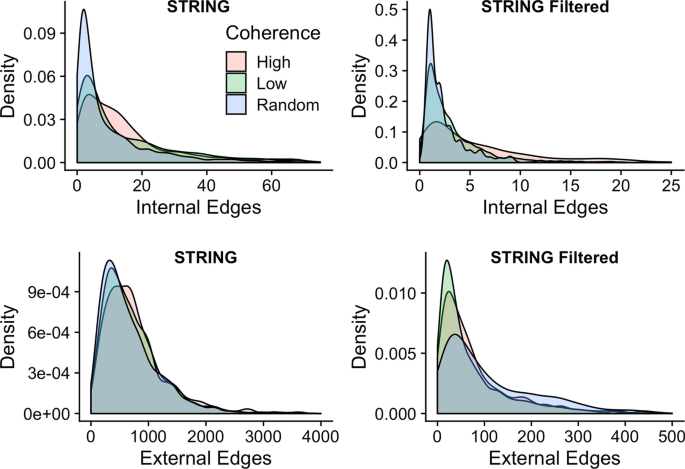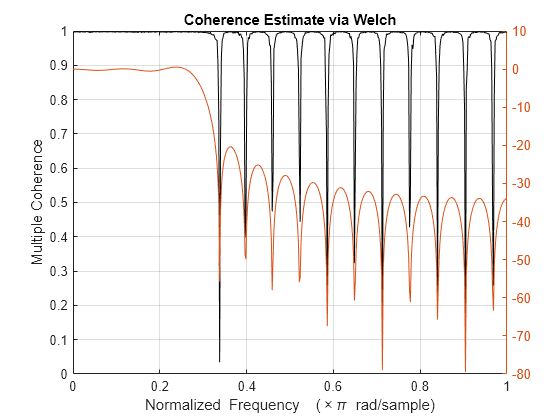Download Coherence X 3.1.1 for Mac full version program setup free. Coherence X 3 is a popular application developed for turning any website into a chromium-based and native application.
Coherence X 3.1.2
Coherence X 3.1.1 for Mac Review
Coherence X 3 for macOS is a unique program with the ability to turn any website into native app. This program is the perfect middle-ground between websites and apps on your Mac. It comes with a feature-rich, yet well-structured interface that enables smooth navigation between the various functions. Using this app, you can easily turn any websites into a chromium-based, native application on your Mac. You may also like Coherence X 3 for Mac Free Download
Given a topic model with topics represented as ordered term lists, the coherence may be used to assess the quality of individual topics. This function is an implementation of several of the numerous possible metrics for such kind of assessments. Coherence calculation is sensitive to the content of the reference tcm that is used for evaluation and that may be created with different parameter. Coherence X is a powerful tool that allows you to turn any websites into a chromium-based, native application on your Mac. Say goodbye to Electron and half-baked Catalyst apps.
It makes the app creation process so simple and easy. You don’t need complex coding or programming skills, simply enter a name for your app, enter a URL, pick an icon, and launch your app. Moreover, it also empowers you to choose some additional settings for your app such as status bar mode, compact mode, and intelligent whitelisting. It also supports custom features tailored specifically for app, like shortcuts, whitelisting, customization, and more all in an incredibly lightweight package. All things considered, Coherence X is a perfect choice to turn any website into a chromium-based and native application.

- In physics, coherence length is the propagation distance over which a coherent wave (e.g. An electromagnetic wave) maintains a specified degree of coherence. Wave interference is strong when the paths taken by all of the interfering waves differ by less than the coherence length.
- Coherence X allows you to turn websites into powerful chromium-based apps on your Mac. Use Chrome extensions, profiles, and more. ⠀ Just some of the dozens of updates include: - Brave support - Intelligent Whitelisting - App manager - much, much more.
Features of Coherence X 3.1.1 for Mac


- A perfect app to turn any website into native Mac app
- No program or complex coding skills are required for working
- Perfect middle-ground between websites and apps on Mac
- Empowers you to easily share apps between licensed users
- Enables you to create multiple apps with the same settings
Technical Details of Coherence X 3.1.1 for Mac

- Software Name: Coherence X 3
- Software File Name: Coherence-X-3.1.1.dmg
- File Size: 17 MB
- Developer: Coherence
System Requirements for Coherence X 3.1.1 for Mac
- macOS 10.10 or later
- 100 MB free HDD
- 2 GB RAM
- Intel Core 2 Duo or higher
Download Coherence X 3.1.1 for macOS Free
Click on the button given below to download Coherence X for macOS setup free. It is a complete offline setup of Coherence X macOS X with a single click download link.
The currently implemented coherence metrics are described below including a description of thecontent type of the tcm that showed good performance in combination with a specific metric. For details on how to create tcm see the example section. For details on performance of metrics see the resources in the reference sectionthat served for definition of standard settings for individual metrics. Note that depending on the use case, still, different settings than the standard settings for creation of tcm may be reasonable. Note that for all currently implemented metrics the tcm is reduced to the top word space on basis of the terms in x.
Considering the use case of finding the optimum number of topics among several models with different metrics,calculating the mean score over all topics and normalizing this mean coherence scores from different metricsmight be considered for direct comparison.
Coherence X
Each metric usually opts for a different optimum number of topics. From initial experience it may be assumedthat logratio, pmi and nmpi usually opt for smaller numbers, whereas the other metrics rather tend to propose higher numbers.

Coherence X Vs Unite
Implemented metrics:
'mean_logratio' The logarithmic ratio is calculated as
log(smooth + tcm[x,y]) - log(tcm[y,y]), where x and y are term index pairs from a 'preceding' term index combination. Given the indices c(1,2,3), combinations arelist(c(2,1), c(3,1), c(3,2)).The
tcmshould represent the boolean term co-occurrence (internally the actual counts are used) in the original documents and, therefore, is an intrinsic metric in the standard use case.This metric is similar to the UMass metric, however, with a smaller smoothing constant by default and using the mean for aggregation instead of the sum.
'mean_pmi' The pointwise mutual information is calculated as
log2((tcm[x,y]/n_doc_tcm) + smooth) - log2(tcm[x,x]/n_doc_tcm) - log2(tcm[y,y]/n_doc_tcm), where x and y are term index pairs from an arbitrary term index combination that subsets the lower or upper triangle oftcm, e.g. 'preceding'.The
tcmshould represent term co-occurrences within a boolean sliding window of size10(internally probabilities are used) in an external reference corpus and, therefore, is an extrinsic metric in the standard use case.This metric is similar to the UCI metric, however, with a smaller smoothing constant by default and using the mean for aggregation instead of the sum.
'mean_npmi' Similar (in terms of all parameter settings, etc.) to 'mean_pmi' metric but using the normalized pmi instead, which is calculated as
(log2((tcm[x,y]/n_doc_tcm) + smooth) - log2(tcm[x,x]/n_doc_tcm) - log2(tcm[y,y]/n_doc_tcm)) / -log2((tcm[x,y]/n_doc_tcm) + smooth),This metric may perform better than the simpler pmi metric.
'mean_difference' The difference is calculated as
tcm[x,y]/tcm[x,x] - (tcm[y,y]/n_tcm_windows), where x and y are term index pairs from a 'preceding' term index combination. Given the indices c(1,2,3), combinations arelist(c(1,2), c(1,3), c(2,3)).The
tcmshould represent the boolean term co-occurrence (internally probabilities are used) in the original documents and, therefore, is an intrinsic metric in the standard use case.'mean_npmi_cosim' First, the npmi of an individual top word with each of the top words is calculated as in 'mean_npmi'. This result in a vector of npmi values for each top word. On this basis, the cosine similarity between each pair of vectors is calculated.
The
tcmshould represent term co-occurrences within a boolean sliding window of size5(internally probabilities are used) in an external reference corpus and, therefore, is an extrinsic metric in the standard use case.'mean_npmi_cosim2' First, a vector of npmi values for each top word is calculated as in 'mean_npmi_cosim'. On this basis, the cosine similarity between each vector and the sum of all vectors is calculated (instead of the similarity between each pair).
The
tcmshould represent term co-occurrences within a boolean sliding window of size110(internally probabilities are used) in an external reference corpus and, therefore, is an extrinsic metric in the standard use case.
